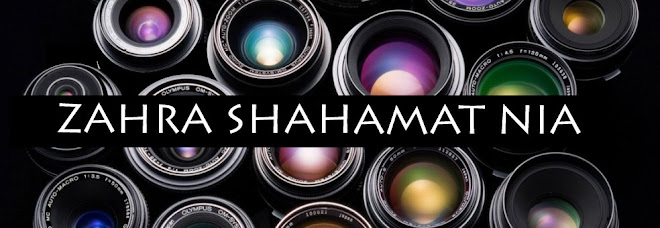A Persian miniature is a richly detailed miniature painting which depicts religious or mythological themes from the region of the Middle East now known as Iran. The art of miniature painting in Persia flourished from the 13th through the 16th centuries, and continues to this day, with several contemporary artists producing notable Persian miniatures. These delicate, lush paintings are typically visually stunning, with a level of detail which can only be achieved with a very fine hand and an extremely small brush.
Several features about Persian miniatures stand out. The first is the size and level of detail; many of these paintings are quite small, but they feature rich, complex scenes which can occupy a viewer for hours. Classically, a Persian miniature also features accents in gold and silver leaf, along with a very vivid array of colors. The perspective in a Persian miniature also tends to be very intriguing, with elements overlaid on each other in ways which sometimes feel awkward to people who are accustomed to the look and feel of Western art.
Originally, Persian miniatures were commissioned as book illustrations for Persian illuminated manuscripts. Only the wealthiest of patrons could afford these illustrations, with some Persian miniatures taking up to a year to complete. Eventually, people also began collecting these works of art on their own, binding them into separate books. Many of these collections fortunately survive to this day, along with other examples of Persian art such as Iran's famous pile carpets.
The Persian miniature was probably inspired by Chinese art, given the very Chinese themes which appear in some early examples of Persian miniatures. Many of the mythological creatures depicted in early Persian art, for example, bear a striking resemblance to animals in Chinese myth. Over time, however, Persian artists developed their own style and themes, and the concept of the Persian miniature was picked up by neighboring regions.Many museums of Asian art have Persian miniatures in their collections, and it is well worth visiting to see examples of this distinctive art form in person. Persian miniatures also merit undivided attention; the longer one looks at a Persian miniature, the more details and themes emerge. The study of a single miniature can take up an entire day, as more and more details unfold, and many museums conveniently have detailed guides to the figures and themes in their Persian miniatures
Monday, May 4, 2009
Iran miniature
Posted by zahra shahamat nia
Subscribe to:
Post Comments (Atom)

0 comments:
Post a Comment